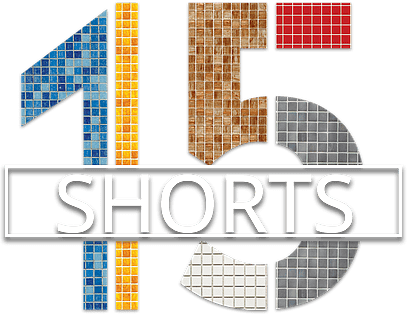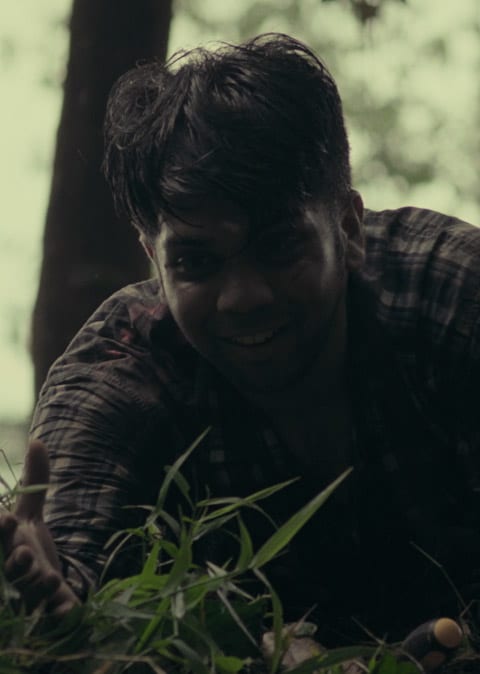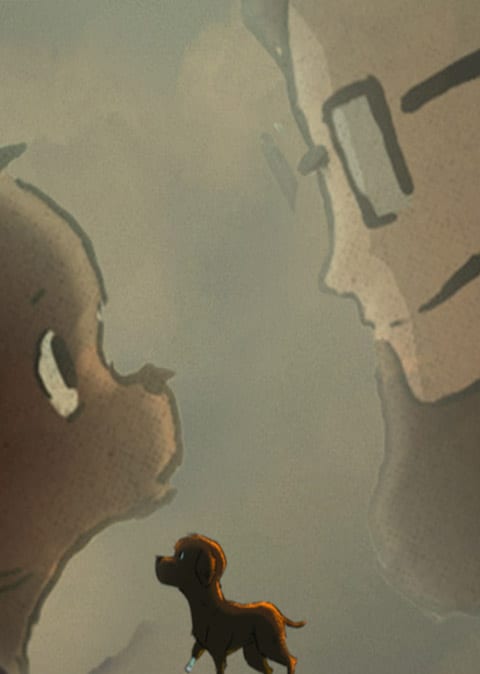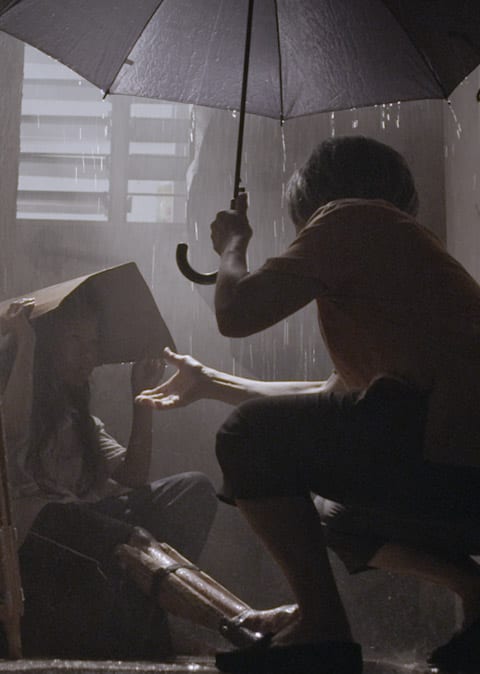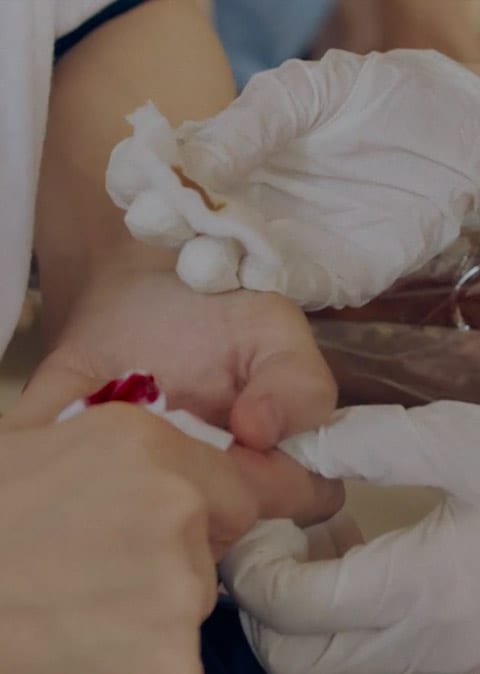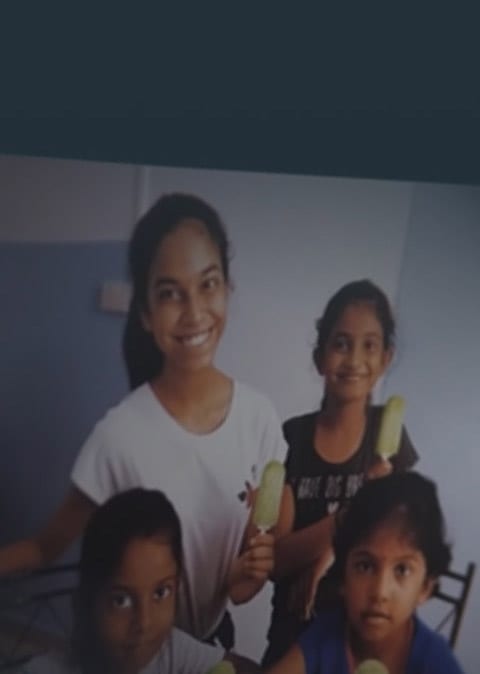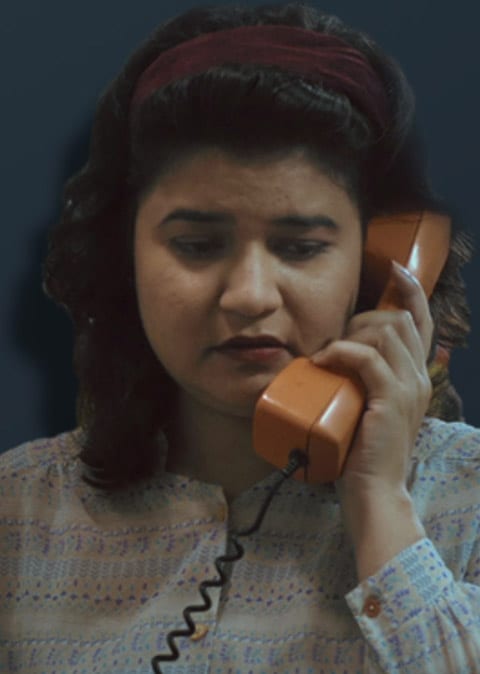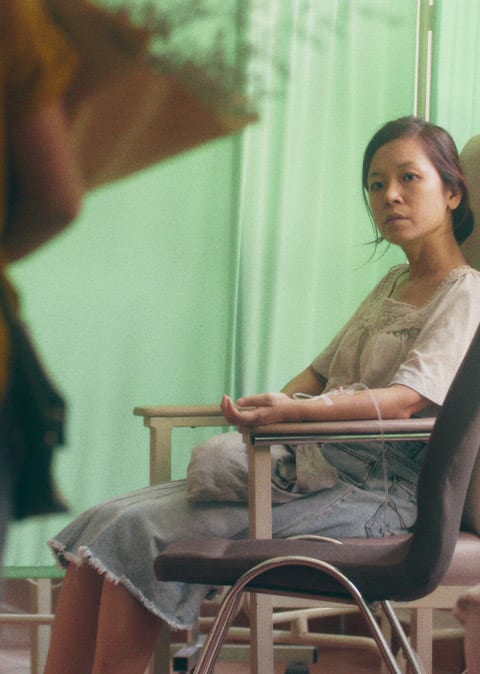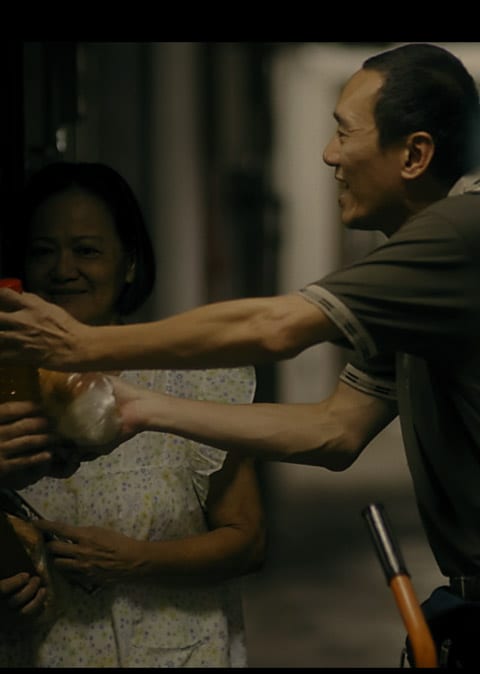When we, as NVPC, hosted the webinar “Beyond the Buzzword: What is Community?” with Open Jio, 21 participants gathered to engage in conversations about “community”.
Through sharing their best experiences in community, 4 key drivers for community wellbeing were identified:
- Belonging
- Understanding
- Cooperation
- Trust
It may surprise you that at the heart of it, people value the intangibles!
While there tends to be a lot of talk about providing reward and perks, that is not actually what drives people to stay invested.
Belonging: A Second Family
Relationships are a fundamental part of communities where people show up not just to fulfil a community’s purpose, but also to make new friends and forge bonds. Meaningful social connections create a sense of belonging that we all yearn for. In some communities, this sense of belonging can be so strong that people think of their communities as a second home and their fellow community members as family.
Valencia, co-founder of Friendzone, shares the inspiration to ignite the kampung spirit in neighbourhoods was her college life back in university, “The sense of belonging was strong. It always felt like I was coming home. If I needed anything, whether it is killing a moth or borrowing a printer late at night, I could find a friend to help.”
Furthermore, there is joy in not just receiving but also giving. Josh appreciated the “mutual support for one another in terms of physical and mental well-being” in his communities.
These insights then beget the question of how this sense of belonging can be achieved. For Mingrui, it is about “forming close and meaningful friendships.” To do so, Tham said that “time and space to maintain relationships” is important. On the other hand, Alyssa shared that, “even the smallest form of interactions between strangers could create this sense of belonging. It can just be about getting to know more about what others enjoy doing on a day-to-day basis outside of work or school.” Ultimately, “The best experiences in communities are simply when people come together and have fun connecting with each other,” said Adrian.
These instances of bonding in communities are compounded when members in a community continue to meet despite ageing and changing through life together. Reminiscing on these memories can even serve as an opportunity for further bonding, be it laughing over the good times or recognising the difficulties that were overcome. In this way, members build upon their shared community identities and feel even more connected. Anil reaffirmed that his best community experiences were, “when we meet up a couple of times a year to ‘makan’ just to catch up on where everybody’s at, and we also jump back and forth from instances in our pasts and compare them to where we are today.”
Understanding: Coming as You Are
The best community experiences are also born out of understanding and acceptance of both similarities and differences, even as communities are widely known to spring from commonality. Poh Yen identifies this in her own community by sharing: “Having people with the same understanding and values means not having to explain a lot about why we do the things we do.” In terms of shared values, Jo enjoys “conversations that resonate because of values close to our hearts.” This alignment within a community that they trust can allow members to express themselves authentically.
Besides celebrating similarities, it is important to value different perspectives as well. Openness to diversity fosters acceptance for people from all walks of life within communities. When safe spaces for open exchanges of different thoughts and ideas are established, communities may be able to create collective narratives. Josh shared, “Some people are community champions who are more outspoken. Others may not be, but everyone plays their own part.”
Cooperation: You Can’t Spell Community without Unity
Sharing is caring, which also leads to growing. Sharing is a fundamental aspect of supportive relationships. There is great value in sharing what we know to help others, as well as learning and receiving from them. During Phase 1 of Singapore’s Circuit Breaker when schools had to move online, Kit Bian appreciated how “a class chat group was created for parents to update each other on information for home-based learning and like-minded parents came forward to share their skills and experiences”. Denise added, “There are actually many communities within the larger community, such as peer mentoring and interest groups or activities. It helps to connect with people who are able to relate to and support each other.” Similarly, Shereen shared, being involved in a “community links us up with seniors and juniors, giving us the opportunity to share information like internship opportunities. The community is very helpful as we are a small bunch and we need to look out for each other.”
Within each community, a common goal can also drive community collaboration and engender mutual support. Yu Xin shared, “Everyone had a common goal or purpose and were on the same page with the same intentions. There was rapport. We were also able to complement one another, work well as a team and learn from one another.” For Min, the common goal in her community was training for competitions where she felt a “sense of accomplishment going through hardships together.”
Trust: Breaking Down Walls
A sense of belonging, understanding and cooperation builds trust in communities. Xi Ning explained, “We seek a sense of security and safety in numbers, so communities are safe spaces.” With this trust, communities can become safe havens for open sharing. “I felt a strong sense of connectedness and there was a safe space to express myself with this group of people.” shared Amelia when asked about her best community experiences.
It is important to remember that all communities have varied levels of openness. For example, Joeve from the playback theatre community shared, “Playback theatre allows audience members to share personal stories and actors to perform their stories on the spot. There was a sense of security in being able to honour and celebrate stories while listening with empathy.” However, this idea of being in the spotlight may not resonate with other communities that take a longer time to open up to one another. Still, slowly but surely, it is possible for all communities to build trust. Shu Hui shared, “I learnt to develop deeper understanding and empathy for different members over time.”
Conclusion
No matter the community we belong to or the roles we play in them, we can always take steps to nurture our communities for greater impact. For communities to flourish and fulfil their potential, the care and wellbeing of their members is essential. After all, a community is only as strong as its individuals!
Reflection
- What keeps you going back to your community?
- How has your community shaped who you are today?
- What can you do to support and encourage those in your community?
*Images were taken prior to Covid-19






